A Brain Atlas, Armor For Modern Day Jousting, And Other Amazing Images Of The Week
Claire Maldarelli
at 16:04 PM Apr 30 2016

0 Comments

Bugs Up Close
Cobalt
Science //
Norman Kuring, an oceanographer for NASA who examines images taken by NASA's Landsat 8 satellite, couldn't figure out what caused the bizarre scars in the sea in the photo above, The New York Times reports. So he went on a Twitter quest to find out. After much input from followers, he concluded that the wind had blown around huge stacks of ice that had piled up on the seafloor, creating the scars as they dragged along.
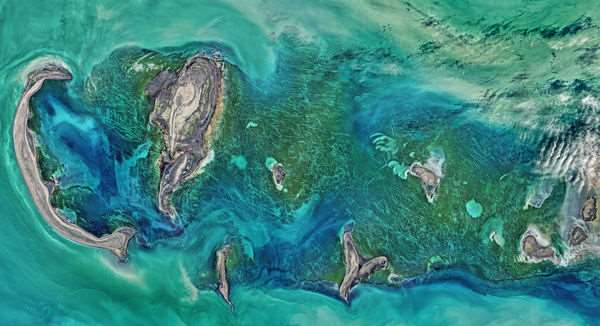
Mysterious Sea Scars
Norman Kuring/NASA
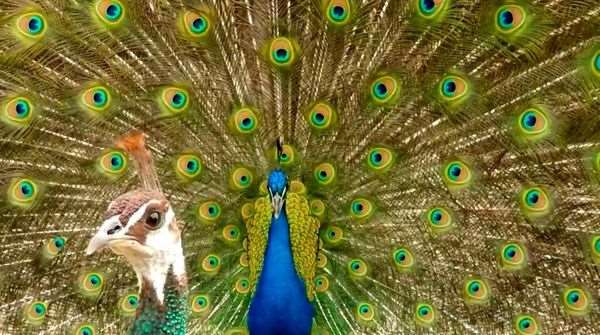
Peacock Feathers On Physics
Roslyn Dakin/PLOS One
To attract females, male peacocks not only display their array of beautiful feathers, but also vibrate them. The speed at which they do, researchers recently found, can enhance the display of colors, which might make them more likely to attract a mate. This is the first time researchers have looked at this shaking in relation to courtship behavior. So for peacocks, it's not just about their beauty, but how they display it. Via Gizmodo

Mars, Circa 1877
Thanks to advanced telescopes and rovers, we are now able to see planets in our solar system in greater detail than ever before. But as a species, we've always been interested in our planetary cousins. This is made particularly clear by the images displayed in The Trouvelot Astronomical Drawings at the New York City Public Library, which contains mankind's interpretation of space during the late 1800s. The one above is of Mars and looks fairly similar to the Japanese yin yang symbol. Via io9
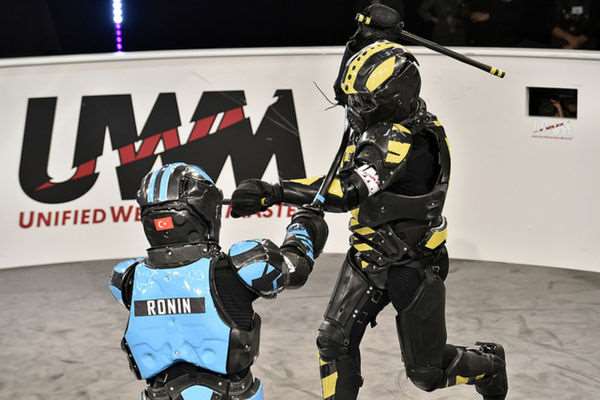
Bringing Back Jousting
Chiron Global
Lorica, a new kind of armor, may initiate a brand new full-contact sport. The incredibly light yet protective material, made mostly of Kevlar and carbon fiber, also has 52 embedded sensors that measure the impact of each hit. The company that invented it, Chiron Global, wants to use the armor to create a new sport called Unified Weapons Master (UWM), and it might even come to America soon.

Bees Are The Pesticides Of The Future
Dejen Mengis/USGS Bee Inventory and Monitoring Lab
Instead of spraying crops with harmful chemicals, Bee Vectoring Technology company came up with a neat and environmentally friendly alternative to pesticides, and employed some bees in the process. The system uses a special tray that coats the bees' hairy legs in a powdered, plant-protecting fungus. Once the bees are coated they are able to spread this protective fungus to the crops and prevent parasites and bacteria from taking hold.
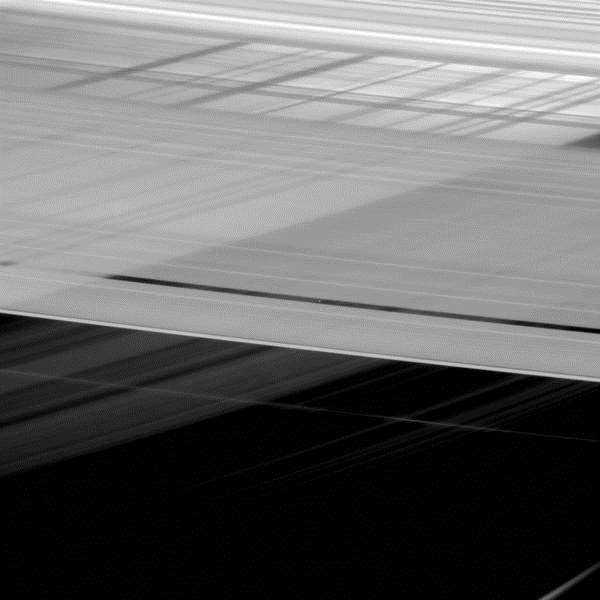
Saturn's Illusory Criss Crossed Rings
NASA/JPL-Caltech/Space Science Institute
This closeup image of Saturn's rings makes it seem like the rings cross each other in ways that are ultimately impossible. The illusion was caused by the shadows of the rings being cast on the front of the rings themselves. The Cassini spacecraft's narrow angle camera captured this image in February.

This Is Your Brain On Language
Alexander Huth
Researchers at the University of California at Berkeley wanted to know how our brain pieces out the meaning of language. So they hooked up seven volunteers to an fMRI machine that tracks brain activity and had them listen to episodes of a highly engaging narrative podcast. The result is a 3D atlas of where your brain groups words together, which they found is relatively similar among individuals. You can see it for yourself with this interactive made by the researchers.
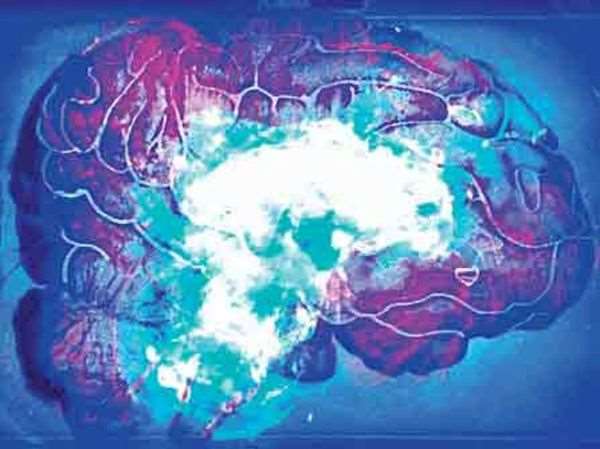
Paint By Microbes
Sarah Berman
When bacteria are genetically modified to produce fluorescent proteins, they will glow in various colors under ultraviolet light. Medical illustrator and artist Sarah Berman took advantage of this effect and used red- and cyan-producing bacteria that she placed on a polystyrene sheet to paint the human brain's pineal and pituitary glands. To make them glow, she displayed the painting under UV light.
Bugs Up Close
Screenshot by author via Levon Biss/Vimeo
Photographer Levon Biss took between 8,000 and 10,000 photographs to create this portrait, and others like it. Then he pieced them together to create massive 9-foot-tall prints of various insects in incredible detail. The prints will be on display as a show called Microsculpture at the Oxford University Museum Of Natural History. This video takes you through his creation process.
Filed under:

EDITOR'S PICKS
By Marissa Shieh Posted 24.07.2020
| 0 Comments
By Sara Chodosh Posted 24.07.2020
| 0 Comments
By Stan Horaczek Posted 24.07.2020
| 0 Comments
By Sara Chodosh Posted 24.07.2020
| 0 Comments
By Kendra Pierre-Louis Posted 24.07.2020
| 0 Comments











